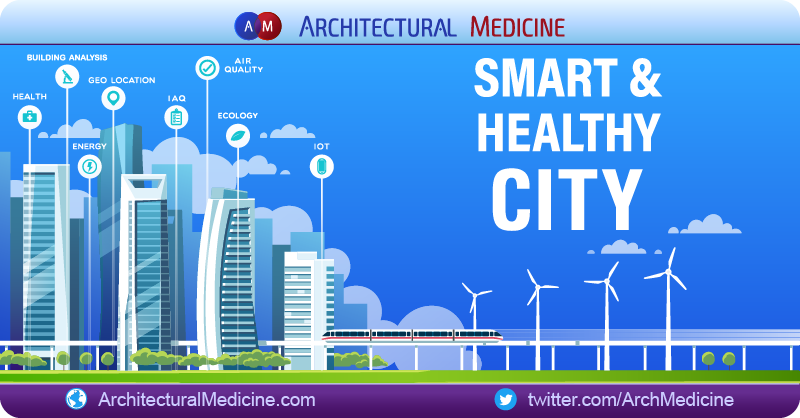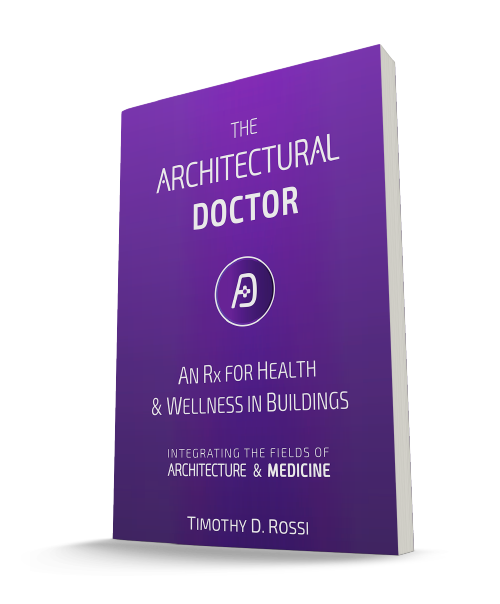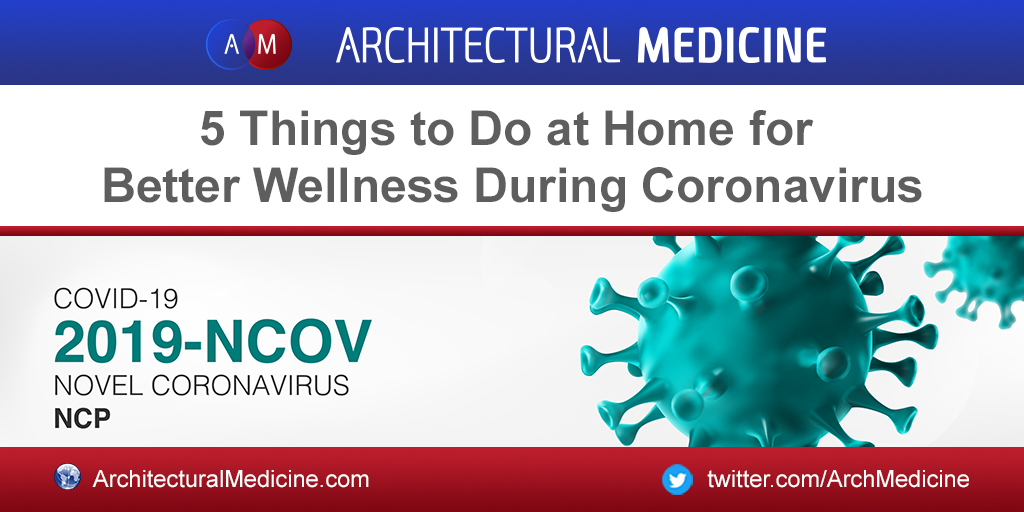Why not Call it Healthy Building?
Since Architectural Medicine has been in existence, there have been some questions as to the naming of Architectural Medicine, and questions as to why it’s not just called Healthy Building.
This is an excellent question, and this article discusses this from our perspective. As the topics of Health in the Built Environment become more popular and gain more attention, which we are very happy to see, these topics of Healthy Building have become more specific. There is a history of Healthy Building that has been going on for many decades now, and while much of this has been under the radar of the common populous, development has been increasing on this topic.
However, this history has had many different definitions and focal points, and most of the history of Healthy Building has been focused on physical health. Topics such as lead paint, indoor air quality, volatile organic compounds (VOC’s) and topics related to mold issues are a few topics discussed in the Healthy Building realm.
These are of course incredibly important topics, and have been gaining more attention in terms of physical health and the built environment, yet part of the reason why we’ve chosen the title Architectural Medicine is that while we see the physical impact of architecture as critical, we also view the mental /psychological impact and the emotional impact of the Built Environment on Health as equally important. These latter two topics have been less popular in the past few decades and are now just gaining traction in awareness in how big of an impact the psychological and emotional components are to human health in the built environment.
The Triad of Physical, Mental and Emotional Health
This triad of topics of Physical, Mental/Psychological and Emotional Health includes fields such as Environmental Psychology and Neuroscience in Architecture, as well as many other fields and sub fields that have become more common in the past few decades. And it is this reason that we’ve chosen the term “Architectural Medicine” to use and not “Healthy Building”, as to us it reflects a more whole approach to these topics and is all inclusive for these many varying fields.
There are many other fields that are included in this list, along with Environmental Psychology and Neuroscience in Architecture, that include other facets of the Built Environment and how this impacts human health, wellness and well being. And often times this is not a focal point for the term Healthy Building.
And so in the process of Architectural Medicine, there were two main core topics that kept coming up as both a foundation and as an umbrella for these many topics, which led to using the term Architectural Medicine. In this format, Architecture is fully inclusive in the entire built environment as it represents the exterior world that we live within, and Medicine is fully inclusive in the topic of health, as it represents the interior world that we live within.
And so these two words and definitions truly form the foundation and the umbrella of all of these many other topics, not that it will overtake these topics, yet will help to integrate these many topics and focus points to glean the knowledge and wisdom of these many fields and to form multi-disciplinary solutions and collaborations for best practices.
There are many professions and professionals that are beginning to value this integrative approach, and as many of these professions in health may have never had any interactions with the fields of building, we see ourselves as building a bridge to supporting these integrations for the overall end goal of health and wellness in the built environment.






